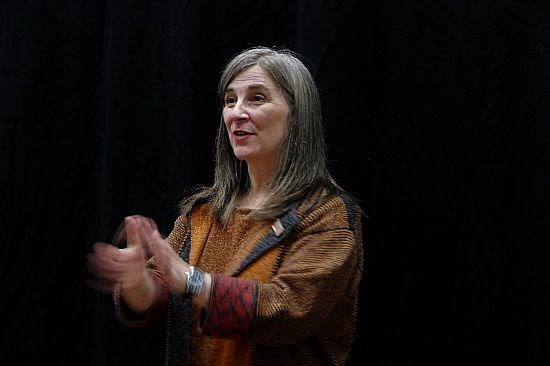fàilte!
Christina Stewart is a singer, tradition bearer, writer, folklorist and tutor.
She belongs to Inverness, capital of the Scottish Highlands, where Gaelic and Scots language cultures meet.
Christina's interpretations of Scotland's rich oral traditions are firmly rooted in authentic indigenous culture and embrace new approaches and fresh perspectives.
